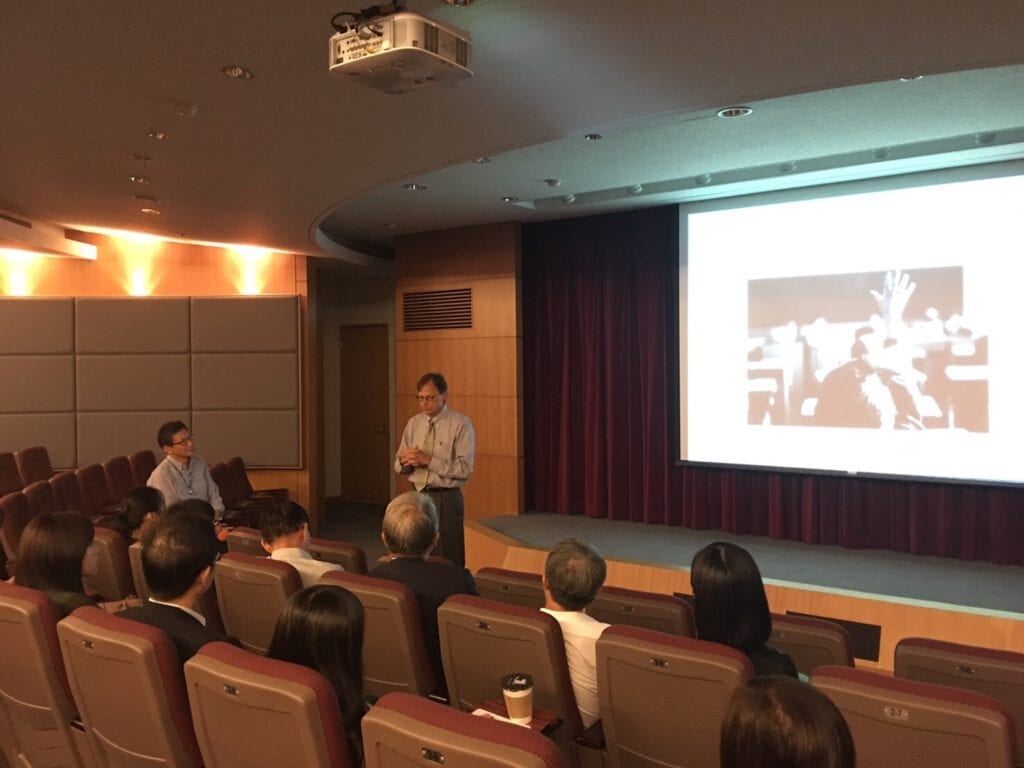Paul Carttar, former Director of President Obama’s Social Innovation Fund (SIF) started a road trip designed and organized by AVPN this past September. Taiwan was the first stop in this roadshow, followed by Tokyo, Malaysia and Singapore.
At the seminar in Taiwan he focused particularly in sharing his personal experience setting up the SIF, the outcomes of the fund and the opportunities and challenges in setting up a similar structure in other countries. The SIF can be considered a new approach from the government in recognizing and partnering with grass roots organizations who are best positioned to make social impact in their respective areas. Historically government and private organizations could be found at odds, even if not intentionally. The SIF is an example of government helping to scale grass roots initiatives through public and private funding, ultimately increasing impact.
The audience in Taiwan was pleasantly surprised to hear that the idea of starting the U.S. social innovation fund was incubated by a group of venture philanthropy leaders in the U.S. This group approached a number of high potential candidates for the U.S. Presidency back in 2008 including the now President Obama, John McCain and Hillary Clinton, expressing the need for government funding to scale the innovations that were already being developed every day at the grass root level.
The SIF which was set up in 2009 has inspired the creation of the Social Innovation Fund in Ireland as well as the Social Innovation and Entrepreneurship Development Fund in Hong Kong. These structures are not an exact copy of the US SIF but have their own respective differences and unique elements. The seminar has definitely sparked interest in starting a Social Innovation Fund in Taiwan and the audience, which comprised of philanthropists, government related organizations and non-profit organizations asked various questions around the key elements to implement and replicate this model.
The key elements to make this happen are:
- Reliance on existing non-profits working on social issues
- Transparency- Open Competition
- Matching of government funding from the private sector
- Program evaluation
- Knowledge Dissemination
AVPN member B-current Impact Investment Inc. (BCI2), the first venture philanthropy and impact investment firm in Taiwan is very interested to spearhead a movement to start a social innovation fund in Taiwan and AVPN looks forward to be engaged in this journey to facilitate and provide the connections with the relevant parties that can make this happen.
Multi-sector collaboration among the government, private sector and the non-profit sector is key in solving social issues. Collaborating with the right partners can lead to great results but the challenge is also in finding the right partnerships.
The seminar in Taiwan was very much a successful example of a multi-sector collaboration effort since the event was brought to Taiwan via the sponsorship of the National Development Fund of Taiwan, PwC Taiwan, the Association of Digital Culture and BCI2.



















